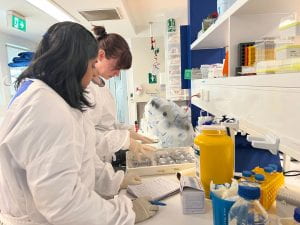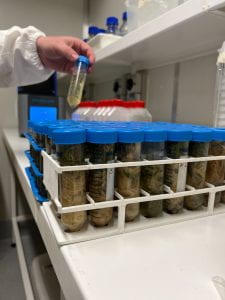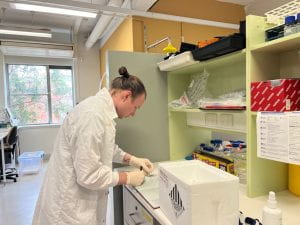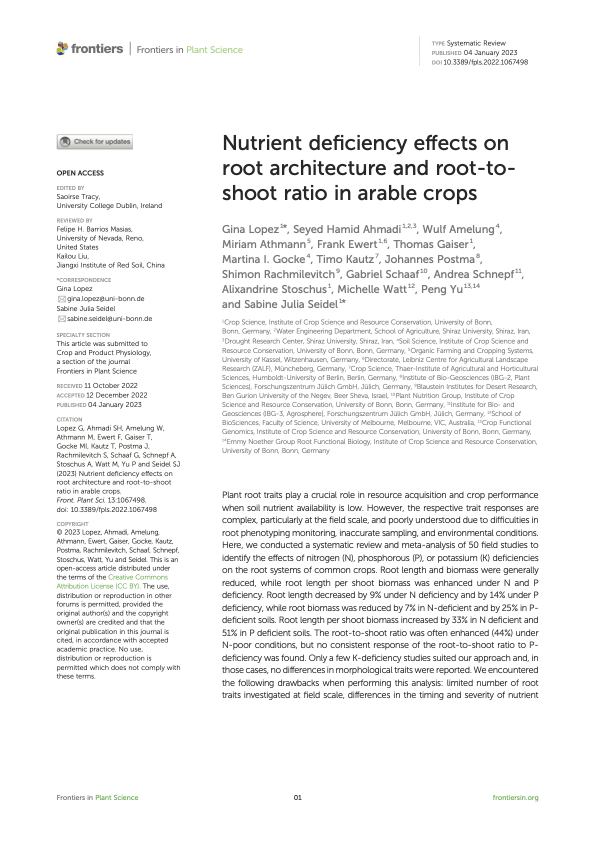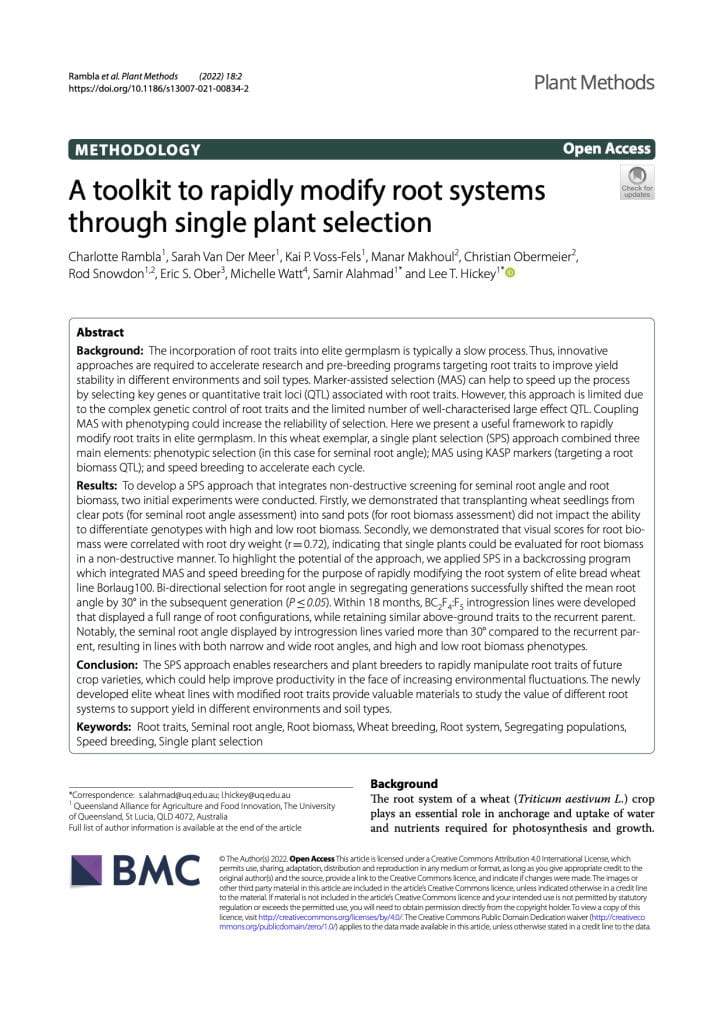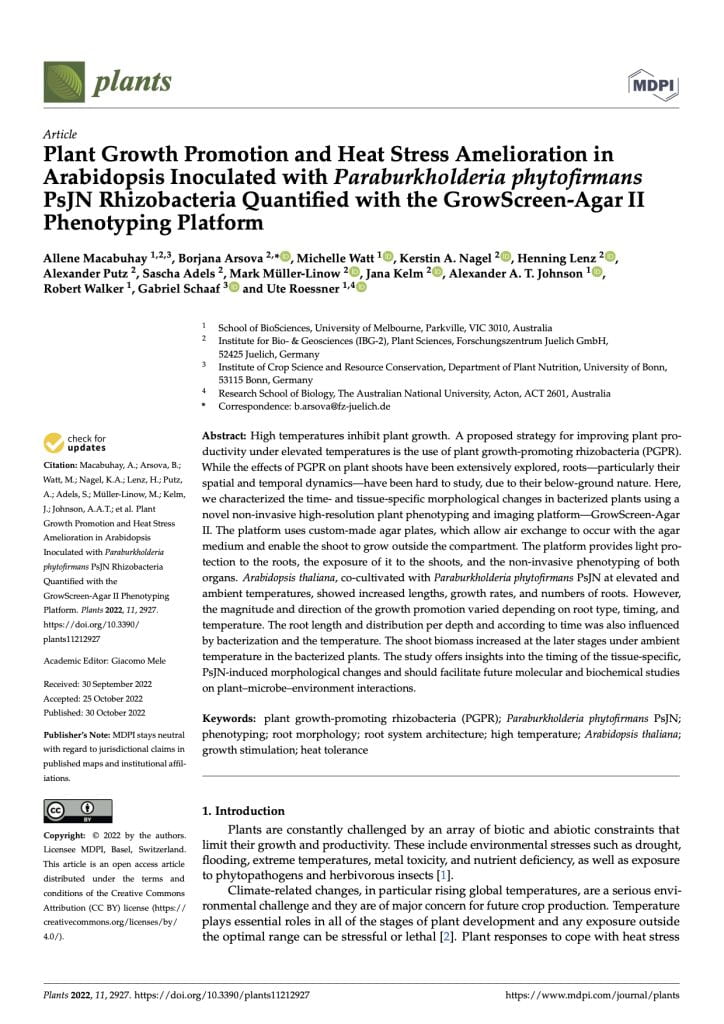Led by Michelle Watt, the Watt Group makes discoveries about the root systems of plants, and applies those discoveries to engineering plant systems that sustain healthy life on Earth and in future in space.
Plant roots are the foundation of plants by supplying water and nutrients to the leaves and carbon to the soil, and plants are the foundation of humanity. We share our new knowledge and technologies through publishing, going to conferences, speaking with industry and the public, and creating of plant types to save water, land and energy.
Alongside research, Michelle also heads the Plant Science Major at Unimelb, teaching how to understand plants and their potential applications.
Contact Michelle here.
For a full list of publications, go here.
